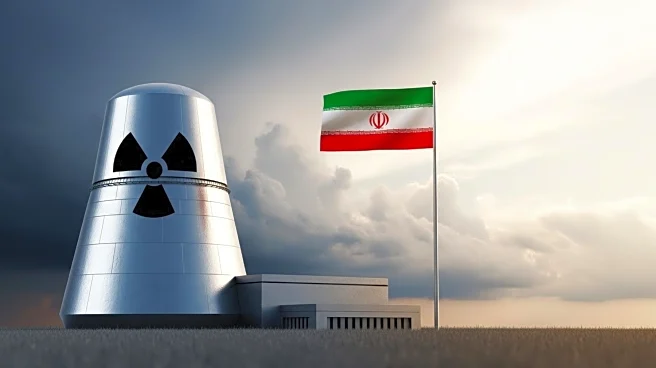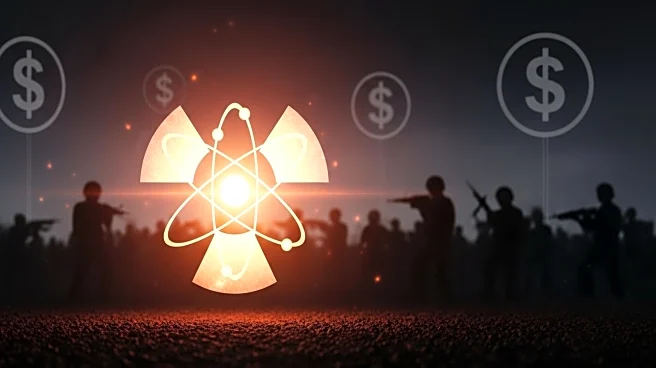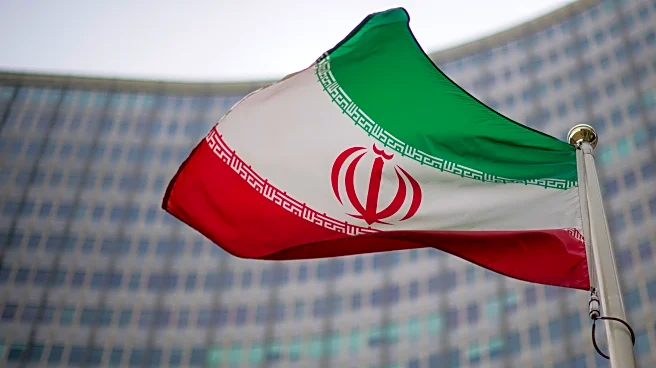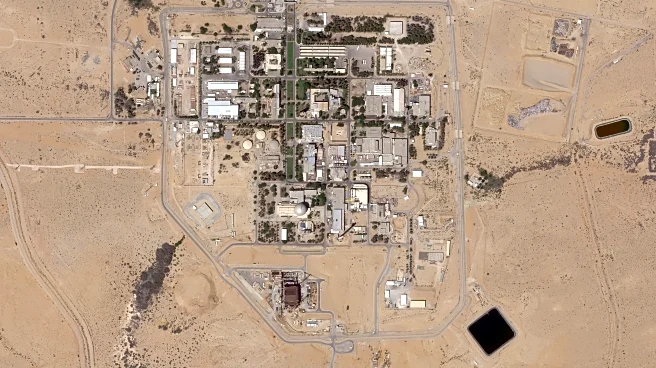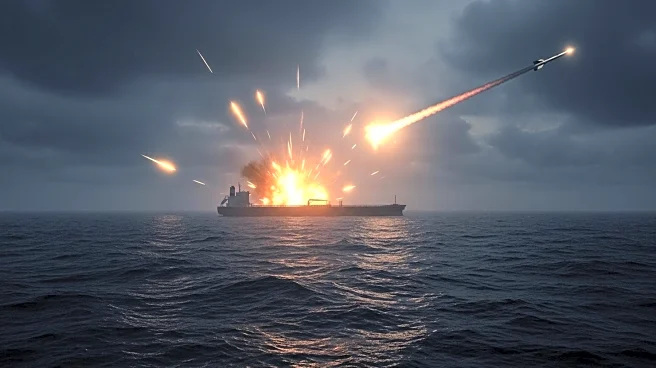What's Happening?
A report from the International Atomic Energy Agency (IAEA) has revealed that Iran had amassed 440.9 kg of uranium enriched to 60% purity before recent military strikes by Israel and the United States. This quantity is sufficient to produce approximately ten nuclear bombs if further refined. The report highlights the growing concerns over Iran's nuclear capabilities, as the enriched uranium stockpile was discovered at the Natanz nuclear facility. The strikes aimed to curb Iran's nuclear ambitions, which have been a point of contention in international relations, particularly with Western nations and Israel.
Why It's Important?
Iran's accumulation of near-bomb-grade uranium poses significant risks to regional and global security. The potential for nuclear weapons development in Iran could destabilize the Middle East, prompting other countries to pursue similar capabilities. This development may lead to heightened tensions and conflict, affecting international diplomatic efforts to prevent nuclear proliferation. The IAEA's findings underscore the urgency for renewed negotiations and agreements to limit Iran's nuclear activities and ensure compliance with international standards. The situation also impacts global energy markets, as geopolitical instability can influence oil prices and economic conditions.
What's Next?
Following the strikes, Iran's nuclear program will likely face increased scrutiny from international watchdogs and governments. Diplomatic efforts may intensify to bring Iran back to the negotiating table and establish new agreements to limit its nuclear capabilities. The international community, including the United Nations and key stakeholders, will need to address the broader implications of Iran's nuclear activities and work towards a peaceful resolution. Continued monitoring and verification by the IAEA will be crucial in ensuring transparency and compliance.


